Login
Join Free
Preschool Toys Guide for Retailers, Importers & Sellers
When people think of early childhood, one of the first things that comes to mind is toys. For children aged 3 to 5, often categorized as Pre-K or preschool, toys aren't just for fun—they play a vital role in development. These preschool years are foundational for cognitive, emotional, and motor skills. That's why preschool toys have become a critical focus in both parenting and education sectors.
In this article, we'll explore what defines preschool toys, major product categories, key growth drivers, and how you can source from trusted preschool toys wholesale suppliers like Zhorya.
Why Preschool Toys Matter
For children aged 3 to 5, play is more than a pastime—it's an essential part of development. Toys for preschoolers help in:
-
Language development
-
Fine and gross motor skills
-
Problem-solving
-
Imagination and creativity
-
Social skills and cooperation
Parents and educators increasingly recognize these benefits, making the demand for preschool learning toys stronger than ever. Especially in Pre-K programs, play-based curricula rely heavily on well-designed educational toys.
Preschool Toys Market Outlook: Strong Growth Ahead
As of the latest market research, the global preschool toys market is projected to reach USD 48.2 billion by 2033, growing at a CAGR of 6.5% from 2026 to 2033, according to Verified Market Reports. This rapid expansion is fueled by the increasing demand for educational toys, higher disposable income among parents, and a growing awareness of the importance of play-based learning in early childhood development.
1. Educational Focus
The most significant driver is the increased demand for educational toys for preschoolers. Parents today are not just buying toys to keep their kids occupied—they're looking for products that support early learning in math, science, literacy, and social skills.
Toys that combine fun with educational outcomes—especially pre-kindergarten educational toys—are outperforming traditional entertainment-focused products.
2. Higher Disposable Income
In many countries, particularly in developed and emerging markets, households now have more spending power. This allows parents to invest in higher-quality, durable, and multifunctional toys that provide long-term value.
3. Rising Interest in Sustainable Toys
As environmental awareness grows, many consumers are prioritizing eco-friendly preschool toys made from sustainable materials. These toys are gaining traction, especially among millennial parents who value responsible consumption.
 Source: Verified Market Reports
Source: Verified Market Reports
Major Types of Preschool Toys (With Subcategories)
The global market is segmented into five primary categories. Let's break each one down:
1. Educational Toys
-
Alphabet learning boards
-
Number and counting toys
-
Science kits
-
Shape sorters
These toys encourage early cognitive development and are ideal for pre-kindergarten environments.
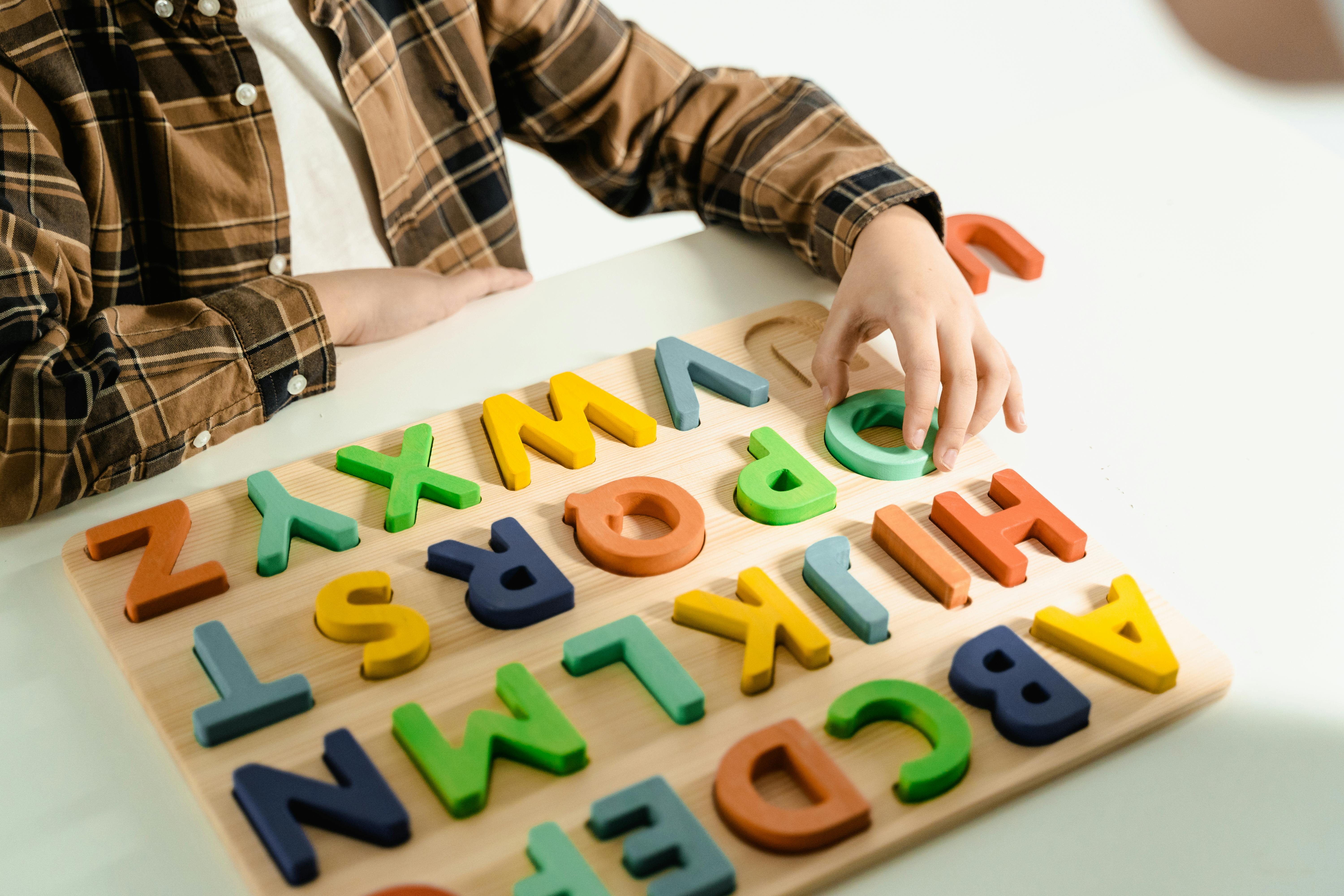
2. Imaginative Play Toys
-
Role-play sets (doctor kits, kitchen sets)
-
Pretend tool kits
-
Storytelling puppets
Pretend play helps children practice empathy, creativity, and social interaction.
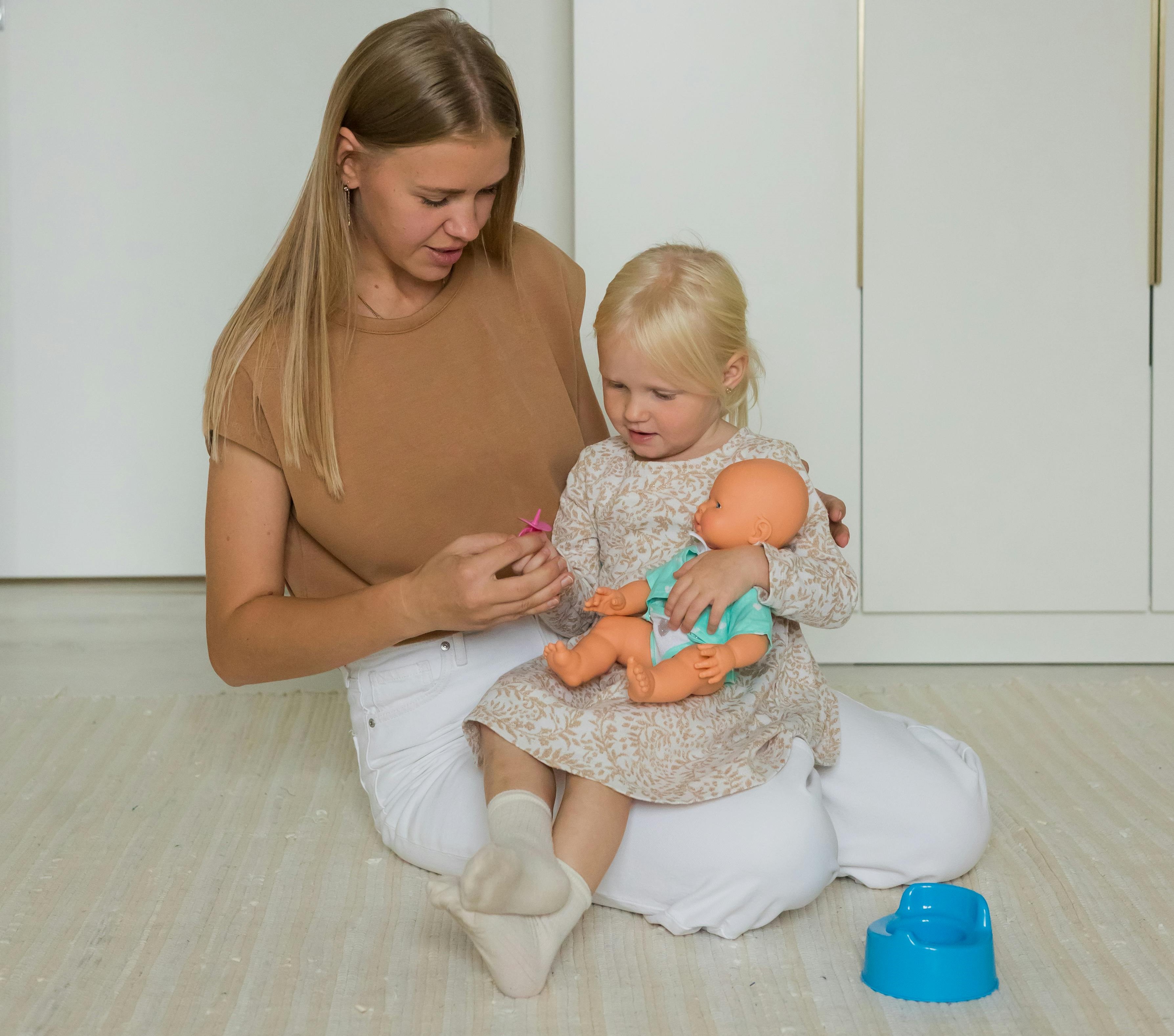
3. Building and Construction Toys
-
Large building blocks
-
Magnetic tiles
-
Wooden construction sets
-
Gears and connectors
These promote spatial reasoning and engineering thinking from an early age.
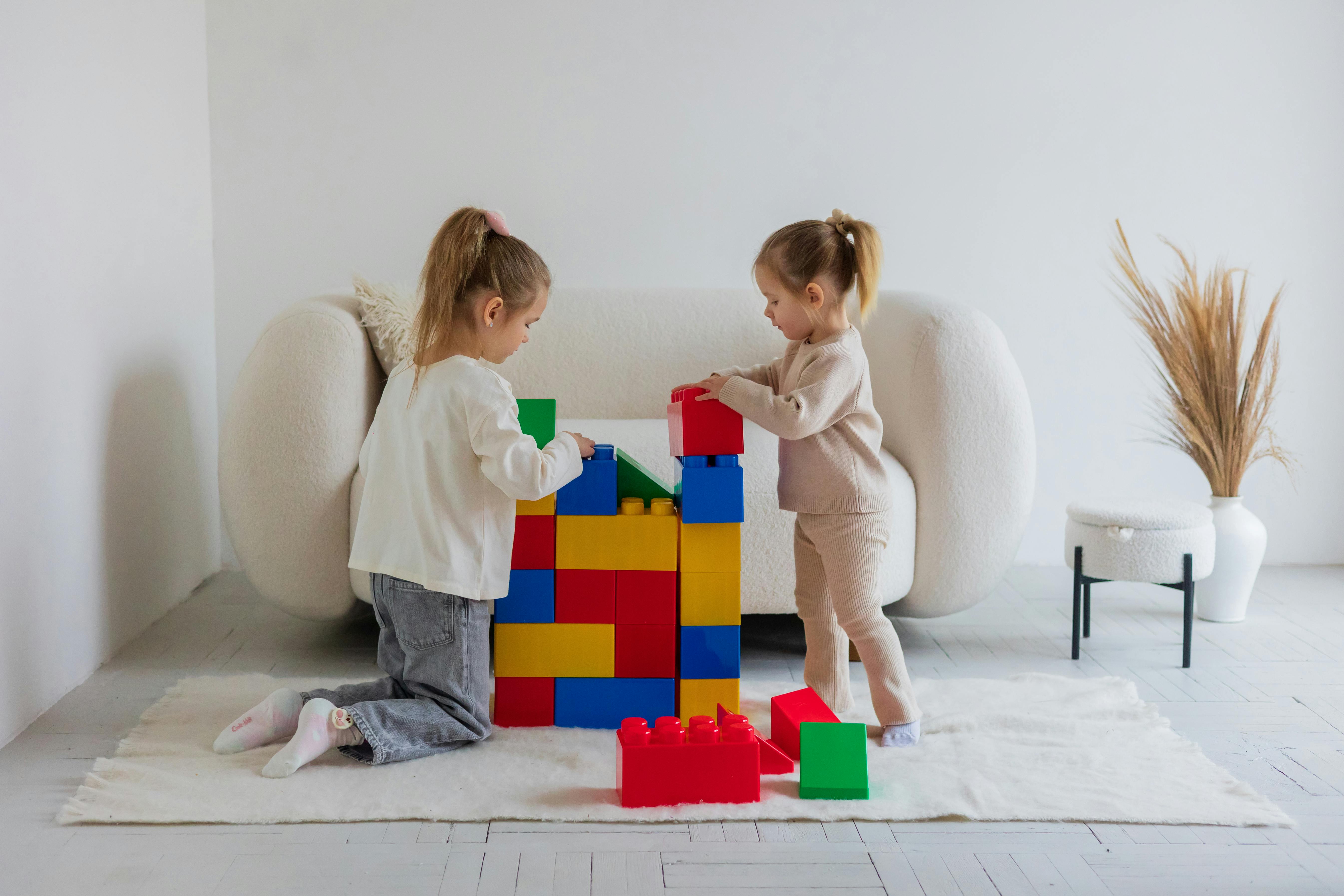
4. Active Play Toys
-
Balance bikes
-
Jump ropes
-
Soft climbing sets
-
Ball play sets
Designed to support motor skill development and physical activity.

5. Outdoor Preschool Toys
-
Sand and water play tables
-
Swings
-
Gardening tools
-
Outdoor chalk sets
Outdoor toys contribute to physical health and environmental awareness.
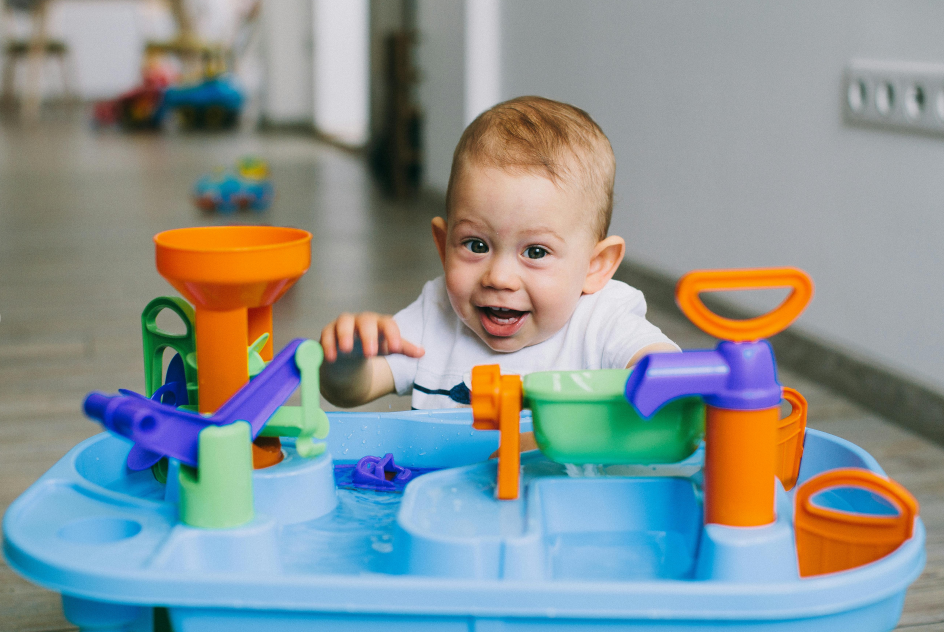
What to Look for in Toys for Preschoolers
If you're sourcing preschool toys for retail or distribution, it's important to choose products that meet both developmental needs and market standards. Here are five key things to consider:
1. Safety and Compliance
Preschoolers are still developing motor control and often explore by touching or mouthing. Toys must be made with non-toxic materials, have no sharp edges, and comply with global safety standards like EN71, ASTM F963, and CCC. Reliable suppliers should provide full certification and testing reports.
2. Learning Value
For ages 3–5, toys should support early skills—like recognizing letters, counting, building, and exploring. Products labeled as educational toys for preschoolers or pre-K learning toys are in high demand among parents and retailers.
3. Durability
Preschool toys need to survive drops, spills, and rough handling. Look for sturdy builds, secure parts, and good-quality materials to reduce returns and after-sales issues.
4. Age Fit
The design must match the age range: easy to grip, colorful, and engaging. Avoid complex setups or tiny components. Packaging should clearly show it's suitable for 3–5 years.
5. Wholesale Readiness
For bulk buyers, it's also important to consider MOQ, packaging size, logo customization, and shipping efficiency. A good preschool toys supplier should offer flexible options to meet different market needs.
Why Work With Zhorya?
Zhorya is a trusted wholesale toys supplier based in Shantou, China, with over 1.8 million toy products across all major categories—including a wide range of preschool toys designed for ages 3 to 5. Here's why global buyers choose us:
-
Massive Toy Selection
We offer 1.8M+ products, allowing you to source all your preschool toys and related items from a single, reliable supplier. -
Preschool Toy Expertise
Our catalog includes STEM kits, building blocks, imaginative play sets, and more—tailored to early childhood learning needs. -
OEM/ODM Services
We support branding customization including logo printing, packaging design, and exclusive mold development. -
Certified Safety Compliance
All toys meet international standards such as EN71, ASTM F963, and CCC, suitable for global export. -
Flexible MOQ & Global Reach
We offer low minimum order quantities and ship to over 60 countries, serving importers, distributors, and e-commerce sellers worldwide.
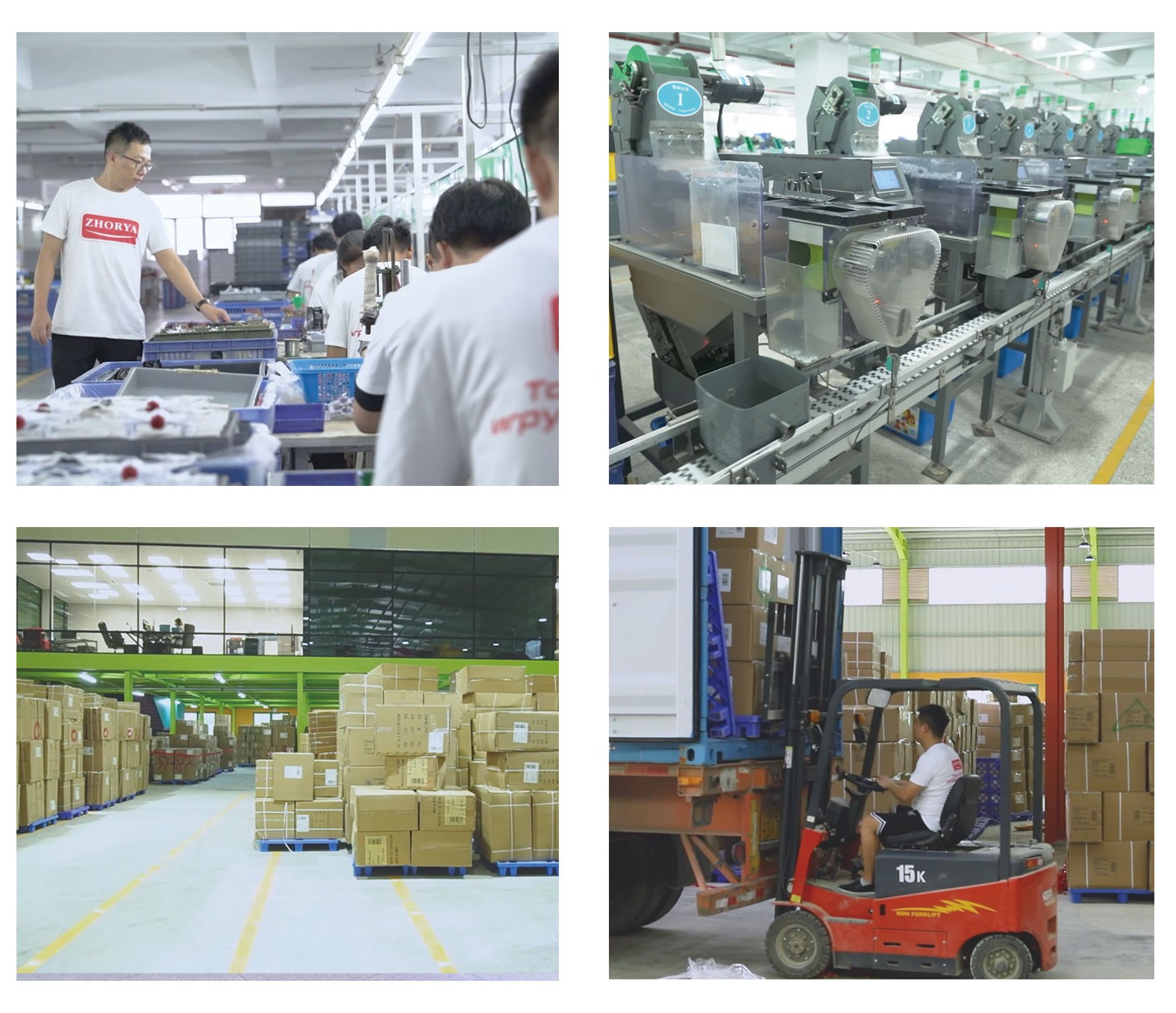
Tips for Preschool Toy Retailers & Importers
If you're looking to enter or expand in the preschool toys market, these strategies can help you stand out and maximize sales:
-
Diversify Your Offerings
Stock at least one product from each major toy category—such as educational toys, imaginative play sets, building blocks, action toys, and outdoor play items. A balanced range ensures you can meet different customer preferences and seasonal demands. -
Bundle Educational Themes
Combine pre-K educational toys with popular themes like science experiments, nature exploration, or basic math games. These themed bundles not only appeal to parents but also encourage repeat purchases from schools and early learning centers. -
Stay Updated on Trends
Keep track of developments in early childhood education and curriculum requirements in your target markets. This will help you introduce products that align with learning goals and attract both retail and institutional buyers. -
Attend Toy Fairs & Trade Shows
Global toy expos—such as Spielwarenmesse in Germany or the Canton Fair in China—are ideal for spotting innovations, testing product quality in person, and negotiating better supplier deals. -
Work with Trusted Manufacturers
Partnering with established suppliers like Zhorya ensures consistent quality, timely delivery, and compliance with international safety standards, reducing your operational risks.
Final Thoughts
Preschool toys are more than just entertainment—they're essential tools for early childhood development and a profitable market segment for retailers and importers. By choosing safe, educational, and durable products, and sourcing from reputable suppliers like Zhorya, you can meet the growing global demand while building a sustainable business in the preschool toy sector.

 Русский язык
Русский язык 中文
中文